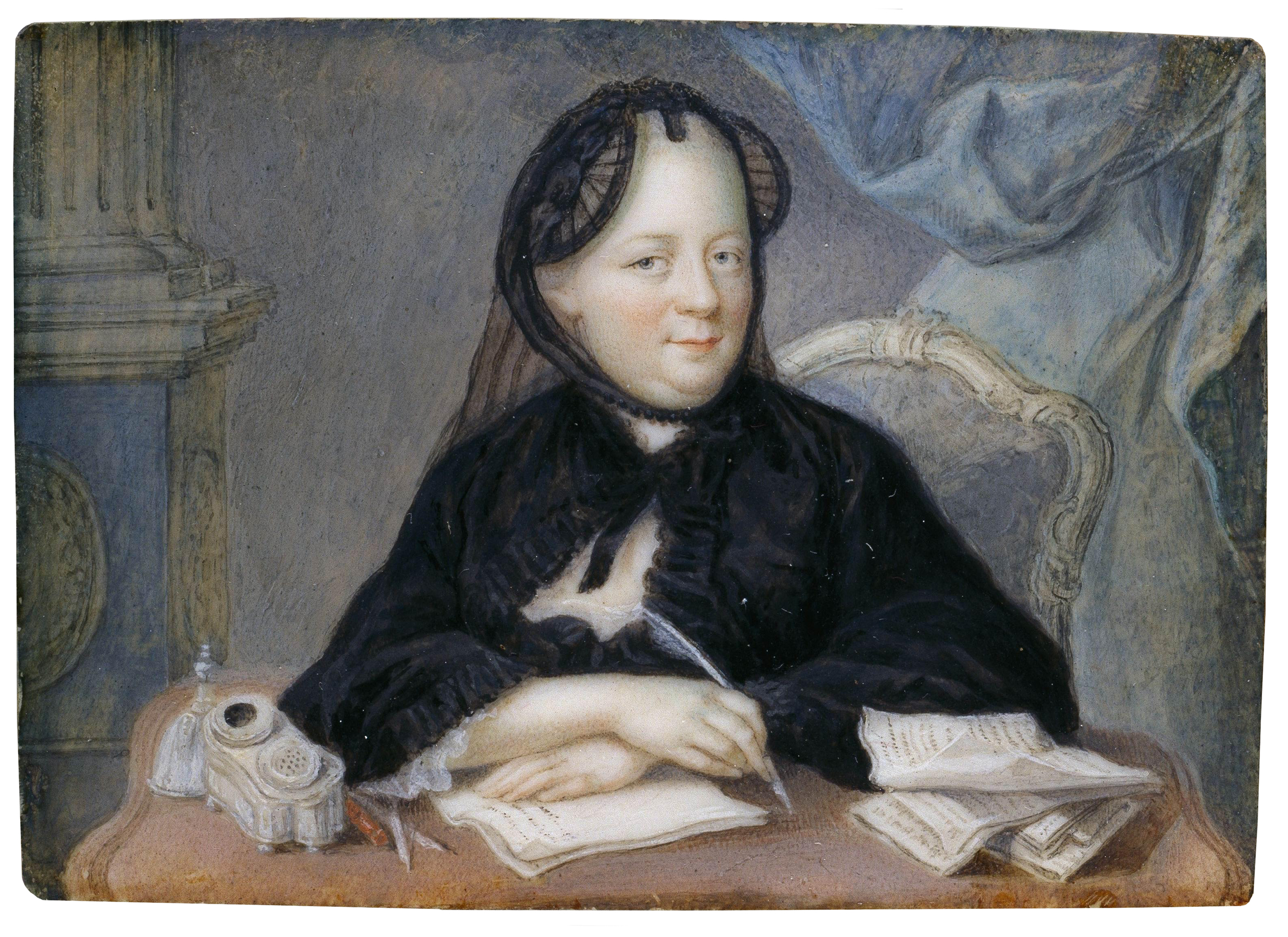Ater reading the most romantic novel ever, O, Juliet, by Robin Maxwell, (see my review here)- for the Historical Fiction Bloggers Round Table Event- I decided I needed more Robin Maxwell books in my life!
And so, I voraciously read Virgin, by Robin Maxwell, in just one sitting- it was that good!
Here's my Book review:
If you're a follower of this blog, then surely you know that of all English monarchs, Elizabeth I is in No way my favourite...Sorry- but that's just the way it is. There's just something cold, calculating and non-feeling about her- for me..yet, I keep reading more and more books on her. There's something intriguing about her that's for sure. Or maybe, I just won't allow myself to believe that what you see is what you get-- and nothing so far has really moved me to change my opinion of her...
Until... Virgin: Prelude to the Throne, by Maxwell. This is the story of Elizabeth from about the age of 13 to 15- don't kid yourself, this is not children's literature. Major things happen to Elizabeth and England within these two years to spur England into a series of dramatic turnabouts that it would be impossible to write-off this important time period.
Elizabeth is being raised by her step-mother, the Dowager Queen Catherine and her husband, Thomas Seymour. With Kat as her guardian-lady-in waiting, you would think that Elizabeth had a dandy 'ole time with this wonderful mom and dashing dad...Poor Elizabeth, nothing could be farther from the truth.
Elizabeth endures such traumatic episodes that no child of that age should ever go through. The abuse, betrayal, confusion and major incidents that happened to her would for sure leave a mark on her forever. For me, this book helped explain so many things. The poor child was torn between guilt, so-called love, shame, loss, confusion and almost treason- with the risk of death.
I think I've never despised a character more than Thomas Seymour. And- what a change of heart for me to say that Elizabeth endeared me to no end! Her story literally broke my heart. I felt so much tenderness for this young girl who had her innocence cruelly taken away. What more could she experience aftet having lost her mother in the harshest of ways, her father rejecting her when she needed him most, and then this cruel man luring her heart and young blossoming passions in such a pedophilic way...all for his own glory. Poor, poor Elizabeth!
She trusted and loved this slime ball and felt guilty for thinking that she may have been the one to lure him on! These are the typical feelings of youngsters who go through abuse of this sort. Yet, after all she went through, horrible damage to her soul and person, our beautiful young royal, came out standing tall, proud and more majestic than ever, and I rooted for her all the way!
I must say that I am utterly surprised that after reading so much history, I've never read anything in such detail about this particular time in Elizabeth's life. There's always bits and pieces alluding to this horrid period- but never in such detail and never so real. Even Catherine Parr's death solved a few questions I had. this book is a must read.
Virgin, is a must read for all Elizabethan fans and historians who feel there is a missing link in Elizabeth's life. Robin Maxwell has helped put the pieces together for me and now Elizabeth appears as a whole new different person. Her depth in character, her choices in life, her destiny and her ruling have roots from a far deeper place. I understand her so much better.
I highly recommend this beautiful, heart-wrenching and enlightening read to all. Fantastic book- Thank you so much Robin Maxwell!
And now for the GRAND GIVEAWAY:
I copy of O, Juliet to one lucky winner! This is open WORLDWIDE!!!
TO ENTER:1 chance: Leave a comment and your email (no email- no chance)
2 chances: Become a Follower of this blog
5 chances: put this on your sidebar with a link back to here
2 extra chances everytime you post or twitter and write back with the link
Good Luck to all!!! Winner announced on Feb. 5th.
If you want more chances to win, go enter at all other members of Historical Fiction Bloggers Round Table Members:
Arleigh at Historical-Fiction.com
Allie at Hist-Fic Chick
Amy at Passages to the Past
Heather at Maiden's Court
Lizzy at Historically Obsessed
Marie at The Burton Review
Susie at All Things Royal

































































.jpg)









